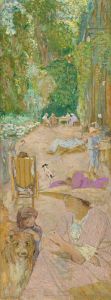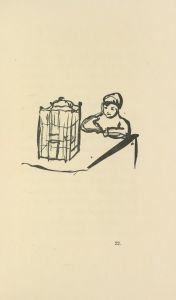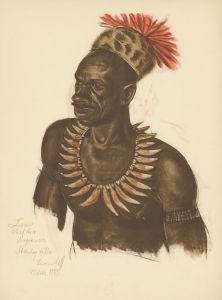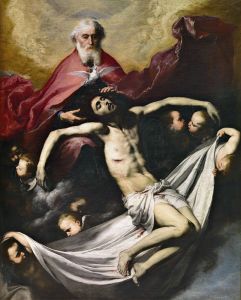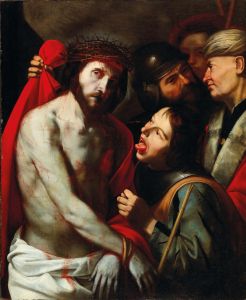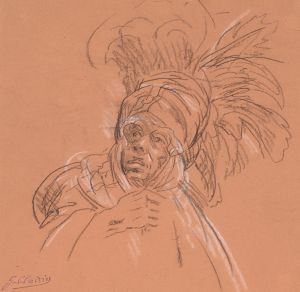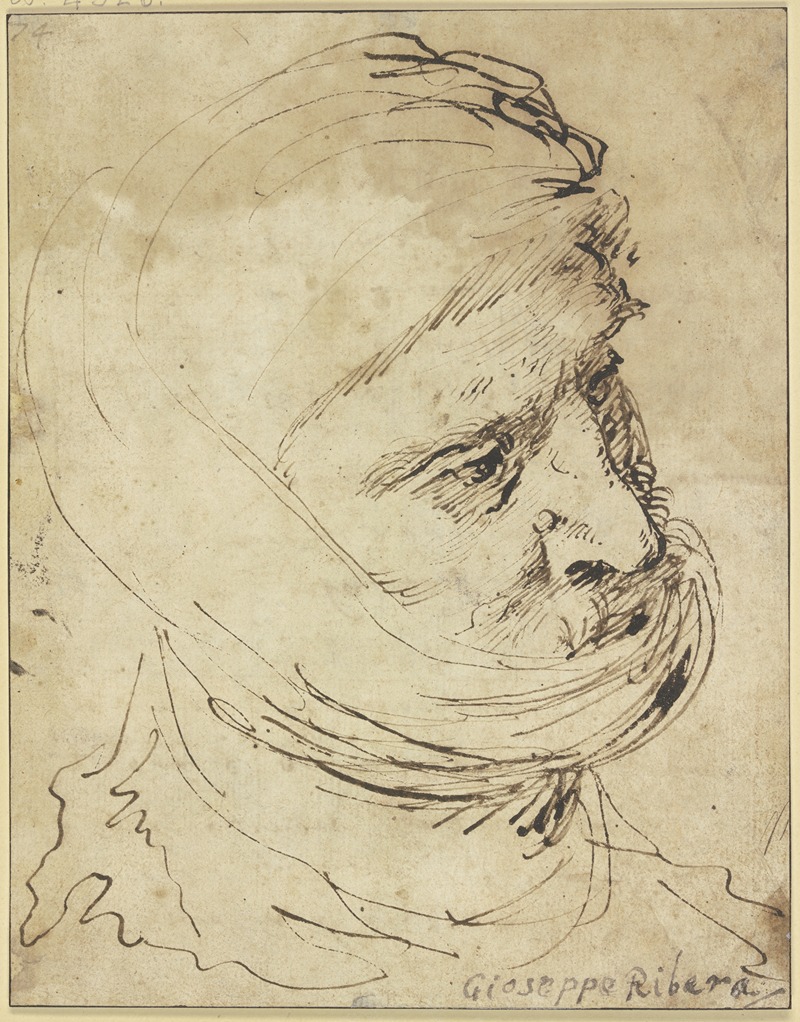
Head of a Man with cloth Headdress
A hand-painted replica of Jusepe de Ribera’s masterpiece Head of a Man with cloth Headdress, meticulously crafted by professional artists to capture the true essence of the original. Each piece is created with museum-quality canvas and rare mineral pigments, carefully painted by experienced artists with delicate brushstrokes and rich, layered colors to perfectly recreate the texture of the original artwork. Unlike machine-printed reproductions, this hand-painted version brings the painting to life, infused with the artist’s emotions and skill in every stroke. Whether for personal collection or home decoration, it instantly elevates the artistic atmosphere of any space.
Jusepe de Ribera, a prominent Spanish painter and printmaker of the 17th century, is known for his intense and realistic portrayals of human figures, often imbued with dramatic chiaroscuro. One of his works, "Head of a Man with Cloth Headdress," exemplifies his mastery in capturing the human condition and the subtleties of expression.
"Head of a Man with Cloth Headdress" is a painting that reflects Ribera's deep engagement with the Baroque style, characterized by its dramatic use of light and shadow, as well as its focus on realism and emotional intensity. Ribera, who spent much of his career in Naples, was heavily influenced by Caravaggio, and this influence is evident in his use of tenebrism—a technique that emphasizes stark contrasts between light and dark to achieve a sense of volume and depth.
The painting depicts a man whose head is wrapped in a cloth headdress, a common element in Ribera's works that often feature figures in traditional or exotic attire. The identity of the man is not specified, which is typical of Ribera's works that often focus on anonymous figures, allowing the viewer to concentrate on the universal aspects of human experience rather than specific identities. The man's expression is contemplative, and Ribera's skillful rendering of the facial features captures a sense of introspection and dignity.
Ribera's technique in this painting is meticulous, with a keen attention to detail that brings out the texture of the skin and the folds of the cloth. The use of chiaroscuro not only highlights the man's facial features but also creates a dramatic atmosphere that draws the viewer's attention to the psychological depth of the subject. This approach is consistent with Ribera's broader oeuvre, which often explores themes of suffering, spirituality, and the human condition.
The painting is a testament to Ribera's ability to convey complex emotions through simple compositions. His works are often noted for their raw and unflinching realism, and "Head of a Man with Cloth Headdress" is no exception. The painting invites viewers to engage with the subject on a personal level, evoking empathy and introspection.
Ribera's influence extended beyond his lifetime, impacting both his contemporaries and later artists. His works are considered significant contributions to the Baroque movement, and they continue to be studied for their technical brilliance and emotional depth. "Head of a Man with Cloth Headdress" is a fine example of Ribera's artistic legacy, showcasing his ability to blend realism with dramatic intensity.
The painting is housed in various collections, and like many of Ribera's works, it has been the subject of scholarly study and admiration. It remains a compelling piece for those interested in Baroque art and the exploration of human emotion through portraiture. Ribera's work continues to resonate with audiences today, offering a window into the artistic and cultural milieu of 17th-century Europe.





